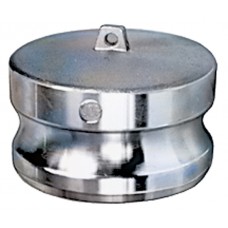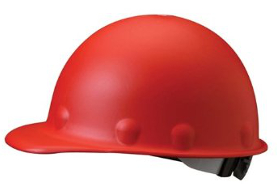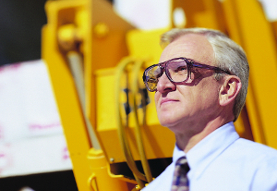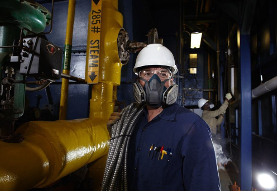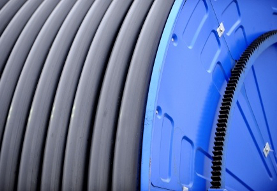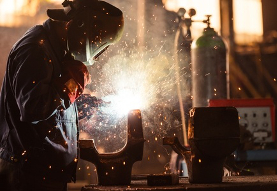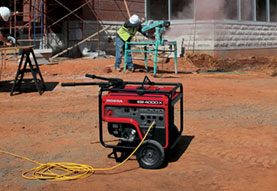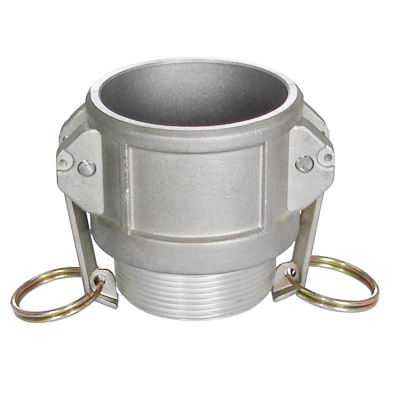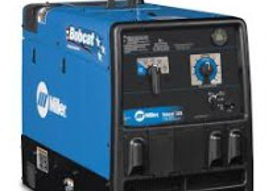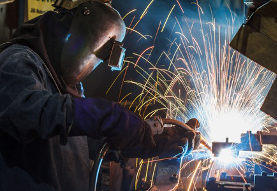 Welding is easily one of the most important developments in human history since it plays a crucial role in everything from construction and engineering to fabrication and manufacturing. Because welding is so pivotal to so many industrial and commercial applications, it is also varied, with different welding processes better suited for use with certain materials or for different applications. The various different welding processes thus naturally require different welding equipment to function. Let’s take a look at four major types of welding processes and equipment needed for these processes: stick welding, mig welding, tig welding, and Flux-cored arc welding.
Welding is easily one of the most important developments in human history since it plays a crucial role in everything from construction and engineering to fabrication and manufacturing. Because welding is so pivotal to so many industrial and commercial applications, it is also varied, with different welding processes better suited for use with certain materials or for different applications. The various different welding processes thus naturally require different welding equipment to function. Let’s take a look at four major types of welding processes and equipment needed for these processes: stick welding, mig welding, tig welding, and Flux-cored arc welding.
Stick Welding Equipment
Stick welding, also known as shielded metal arc welding (SMAW), manual metal arc welding, or just arc welding, is is one of the oldest types of welding, yet remains one of the most widely used and popular. It uses a power source to create an arc between the welding surface and a consumable electrode that is coated in a flux. As the electrode and work surface melt they create a weld pool that cools to create a fused joint. Meanwhile the flux surrounding the electrode melts, releasing a vapor that creates a protective slag over the weld pool.
Power Supply - Stick welding can be performed with either alternating current (AC) or direct current (DC). The power supply should keep the current output constant, thereby also ensuring that the heat remains relatively constant.
Electrodes - There are a wide array of different electrodes available for stick welding. The electrode should be selected based on the needs of the particular welding project, for example whether or not deep penetration is required, the cleanliness of metals, and the position of weld.
Mig Welding Equipment
Mig welding is a type of gas metal arc welding (GMAW) that utilizes an inert gas and stands for metal inert gas (MIG). Mig welding is the most commonly used welding process and is considered semi-automated since it still requires human involvement, but can be partially automated to allow for a continuous feed of the consumable metal wire and shielding gas through the handle. It is commonly used for applications that require high productivity and is also considered one of the easier types of welding processes to master.
Power Supply - Mig welding is performed using a direct current. Mig welding is also typically done with a positive polarity, meaning that the electricity flows from the Mig gun into the welding handle. This results in better penetration and faster melting of the weld pool.
Welding Gun - Both the consumable metal wire and the shielding gas are fed through the welding gun. The wire is fed continuously through the gun and thus the operator only needs to guide the arc.
Wire Spool - The wire spool is the consumable metal wire that is fed through the welding gun. It acts as the electrode for mig welding. The composition of the metal wire, as well as its thickness, may vary based on the type of materials being welding and the penetration required.
Shielding Gas - For mig welding an inert shielding gas is used. Argon and helium are used for nonferrous metals while carbon dioxide is typically used for steel and ferrous metals. Often the shielding gas will contain a blend of these gases to get the best properties of each.
Tig Welding Equipment
Tungsten inert gas (TIG) welding, also known as Gas tungsten arc welding (GTAW) uses a non-consumable tungsten electrode. Like mig welding it also uses an inert shielding gas such as helium or argon. It requires the use of both hands and is considered one of the most challenging types of welding, but is also one of the most versatile and when done correctly yields excellent, high quality results.
Power Supply - Tig welding needs a constant current power source. It may use either direct or alternating current depending on the application. It uses an alternating polarity that causes the electron flow to switch directions constantly, thus preventing the non-consumable tungsten electrode from becoming overheated.
Tungsten Electrode - tungsten or tungsten alloy is used for tig welding. Tungsten has the highest melting point of all pure metals, which allows it to be used and reused for tig welding. Different alloys of tungsten are used for different applications.
Filler Metals - Since the tungsten electrode is not consumed during tig welding, filler metals are used in most applications.
Welding Torch - Tig welding torches can be setup for either automatic or manual operation. They also come equipped with a cooling system that uses either water or air to help keep the tungsten from becoming overheated. The welding torch also connects to the shielding gas and dispenses it as the welding is performed.
Shielding Gas - A shielding gas is used to protect the weld pool from atmospheric contamination while it cools. The shielding gas typically consists of a combination of Argon-helium or argon-hydrogen, depending on the type of materials being welded and the penetration required.
Flux-Cored Arc Welding Equipment
Flux-cored arc welding (FCAW or FCA) is commonly used for high-speed, high productivity processes. It can be semi-automatic, or fully automatic and may use a shielding gas, but very frequently does not. Instead protection of the weld pool is derived from the flux core located inside of the consumable tubular electrode that provides the name for flux-cored arc welding. As the electrode is consumed, the flux core melts and supplies a protective slag.
Power Supply - Flux-cored welding uses the same type of power supply as mig welding, a constant voltage power supply. It uses a direct current and a positive polarity.
Electrodes - FCAW uses a continuously fed, tubular electrode that has a flux core. As the flux melts it produces a slag that protects the weld pool from contaminants. This results in a high quality, defect-free weld and makes flux-cored welding a popular choice. The size of the electrode varies depending on application.
Gopher Industrial Is a One-Stop Welding Supply Company
Gopher Industrial stocks a full range of welding supply equipment, including the power supplies, electrodes, and welding accessories discussed here. We stock premium brands and products that our customers can count on for maximum quality and durability. We are also an authorized authorized Miller distributor and service center. For more information about welding supplies, including more general supplies that may be used for all types of welding applications, make sure to check out our Welding Essentials article or contact us at 1-800-997-3177.

 Welding is easily one of the most important developments in human history since it plays a crucial role in everything from construction and engineering to fabrication and manufacturing. Because welding is so pivotal to so many industrial and commercial applications, it is also varied, with different welding processes better suited for use with certain materials or for different applications. The various different welding processes thus naturally require different welding equipment to function. Let’s take a look at four major types of welding processes and equipment needed for these processes: stick welding, mig welding, tig welding, and Flux-cored arc welding.
Welding is easily one of the most important developments in human history since it plays a crucial role in everything from construction and engineering to fabrication and manufacturing. Because welding is so pivotal to so many industrial and commercial applications, it is also varied, with different welding processes better suited for use with certain materials or for different applications. The various different welding processes thus naturally require different welding equipment to function. Let’s take a look at four major types of welding processes and equipment needed for these processes: stick welding, mig welding, tig welding, and Flux-cored arc welding.